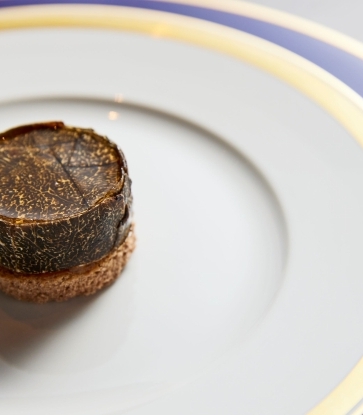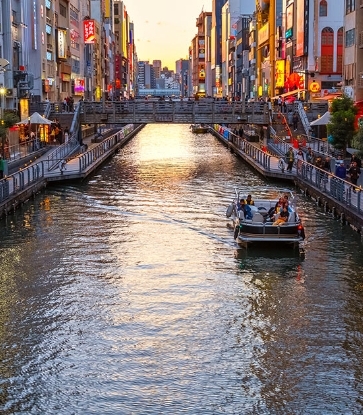Two-thirds of the oxygen on Earth is produced in the ocean. When you hear the word ‘photosynthesis’, you probably think of terrestrial vegetation, but oxygen is also produced in the ocean by marine plants using sunlight.

Blue carbon
The ocean absorbs carbon dioxide from the air and mitigates global warming. Seaweed and other marine vegetation take in the carbon dioxide in the ocean water and borrows the power of sunlight to generate organic carbon. This cycle in which organic carbon is stored for long periods of time in the ocean floor is called ‘blue carbon’, and it contributes to the prevention of global warming.
The power of kombu
Kombu is a large seaweed, so it is efficient at photosynthesis. It absorbs around five times the amount of carbon dioxide as Japanese cedar. In other words, marine forestation will help reduce global warming the same as planting trees. Some regions have begun cultivating kombu for that purpose, and expectations are high for the possibilities of kombu.
Marine forests protect the environment
The lush green scenery of a seaweed bed is best described as a ‘marine forest’. It supports the lives of marine organisms in such ways as providing a habitat for small fish and serving as spawning and feeding grounds. The organisms that live there break down organic matter and purify the water. To put it another way, the cycle within the environment surrounding kombu protects the ecosystem.
Kombu is a sustainable food
Every part of kombu can be eaten, so there is no food loss. When dried, it can also be preserved for a long period of time. Because it contains an abundance of minerals such as potassium and calcium, it is also an excellent health food.Kombu also contributes to agriculture. Unused kombu can be used as feed for livestock, and it provides vegetables with natural minerals when used to fertilise fields.

Kombu paves the way to the future of food
Being surrounded by ocean, Japan has developed its food culture around kombu since ancient times. In 2013, ‘Washoku’ was registered as a UNESCO Intangible Cultural Heritage, and kombu dashi attracted the attention of chefs worldwide. It has been incorporated into dishes for a new flavour based on the keyword of ‘umami’.Because it is plant-based, it does not place a burden on the environment, so it is also a favourite among vegans and vegetarians.

Kombu will save the world
Seaweed lives off coasts around the world, but rising water temperatures have caused a decline in seaweed biomass. It just may be that the dancing of kombu as it waves about in the ocean is an SOS signal for humans.If each of us thinks about how we can protect the ocean and takes action accordingly, we can change the future of the planet. The continents may be separated, but the whole world is connected by the ocean.


















